Culture & Travel
28 October 2024Located in the middle of the Atlantic Ocean, far from the western edges of mainland Europe, the Azores Archipelago is a hidden gem for nature lovers and adventure-seeking travelers alike. This group of nine volcanic islands, belonging to Portugal, captivates with its unique landscapes, tranquil atmosphere, and natural beauty. Although it has recently caught the tourism spotlight, the Azores remains a peaceful, undiscovered destination waiting to be explored.
A journey to the Azores offers boundless ocean views, volcanic crater lakes, and lush valleys, all promising an unforgettable experience. The most popular islands are São Miguel, Pico, and Faial, but each island has its own distinct charm and appeal. Along with stunning landscapes, the islands provide activities like hiking trails, dive sites, and vineyards.
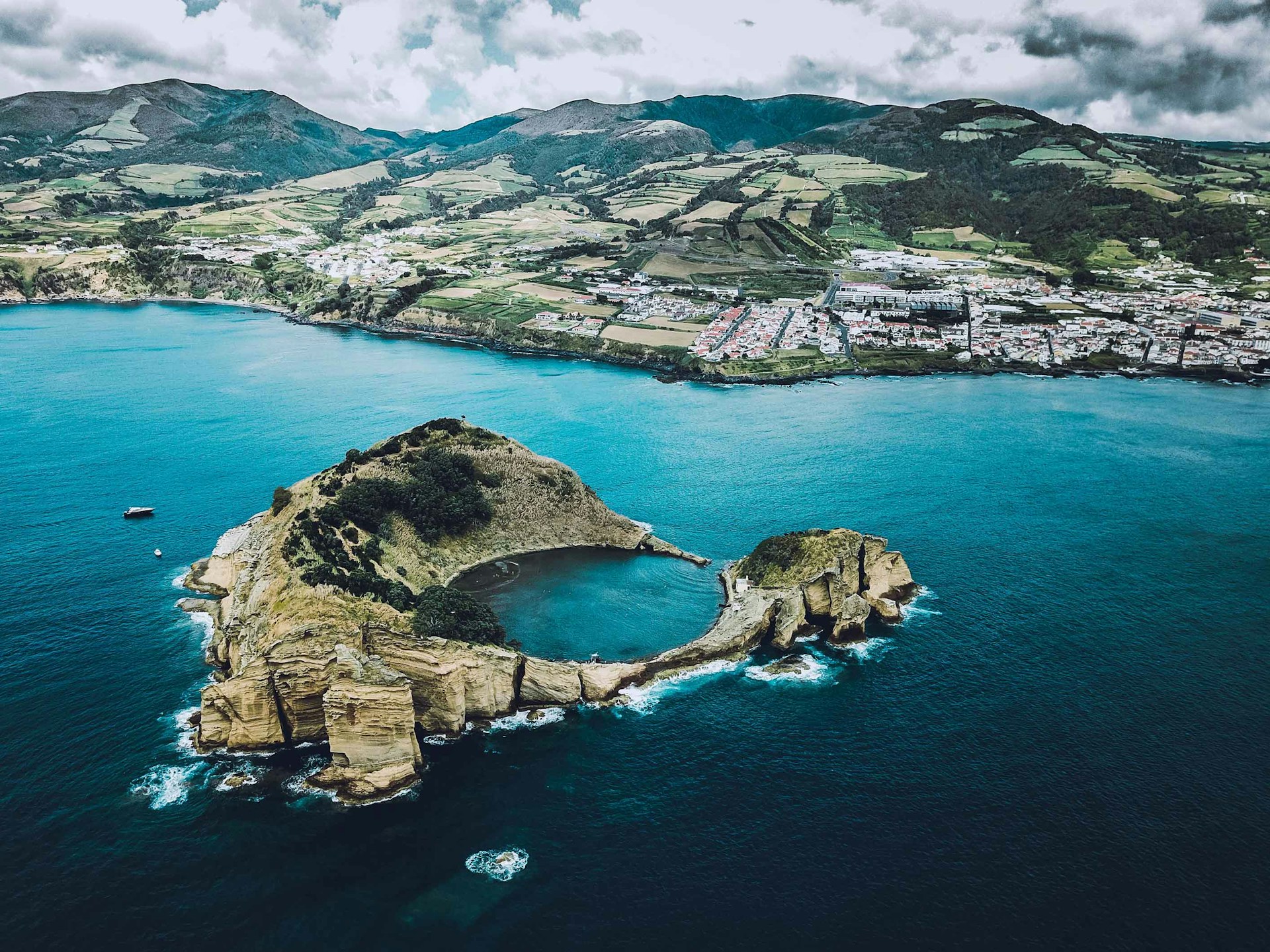
Where Are the Azores?
The Azores sit in the middle of the Atlantic Ocean, approximately 1,500 kilometers west of mainland Portugal. This remote, volcanic island group serves as a natural crossroads between Europe and North America. Though geographically part of Europe, the Azores, as an autonomous region of Portugal, have a unique natural and cultural identity, preserved by their isolated location.
Travel to the Azores is typically by flights departing from Lisbon and Porto in Portugal, while inter-island travel is easily managed by ferries or short domestic flights. This remote setting helps preserve the islands' natural beauty, keeping them an untouched paradise for travelers.
How to Get to the Azores
The most common way to reach the Azores is by air. While there are no direct flights from Turkey, travelers can connect from major Portuguese cities like Lisbon or Porto. The main island, São Miguel, is served by Ponta Delgada Airport (João Paulo II Airport), where most international flights to the Azores land. Flights from Lisbon to São Miguel take about 2.5 hours, and regular flights are also available from Porto.
Once in the Azores, visitors often travel between the islands by ferry or short domestic flights, making it easy to explore each island’s unique features. During summer, increased ferry services make inter-island travel especially convenient.
São Miguel: The Heart of Nature
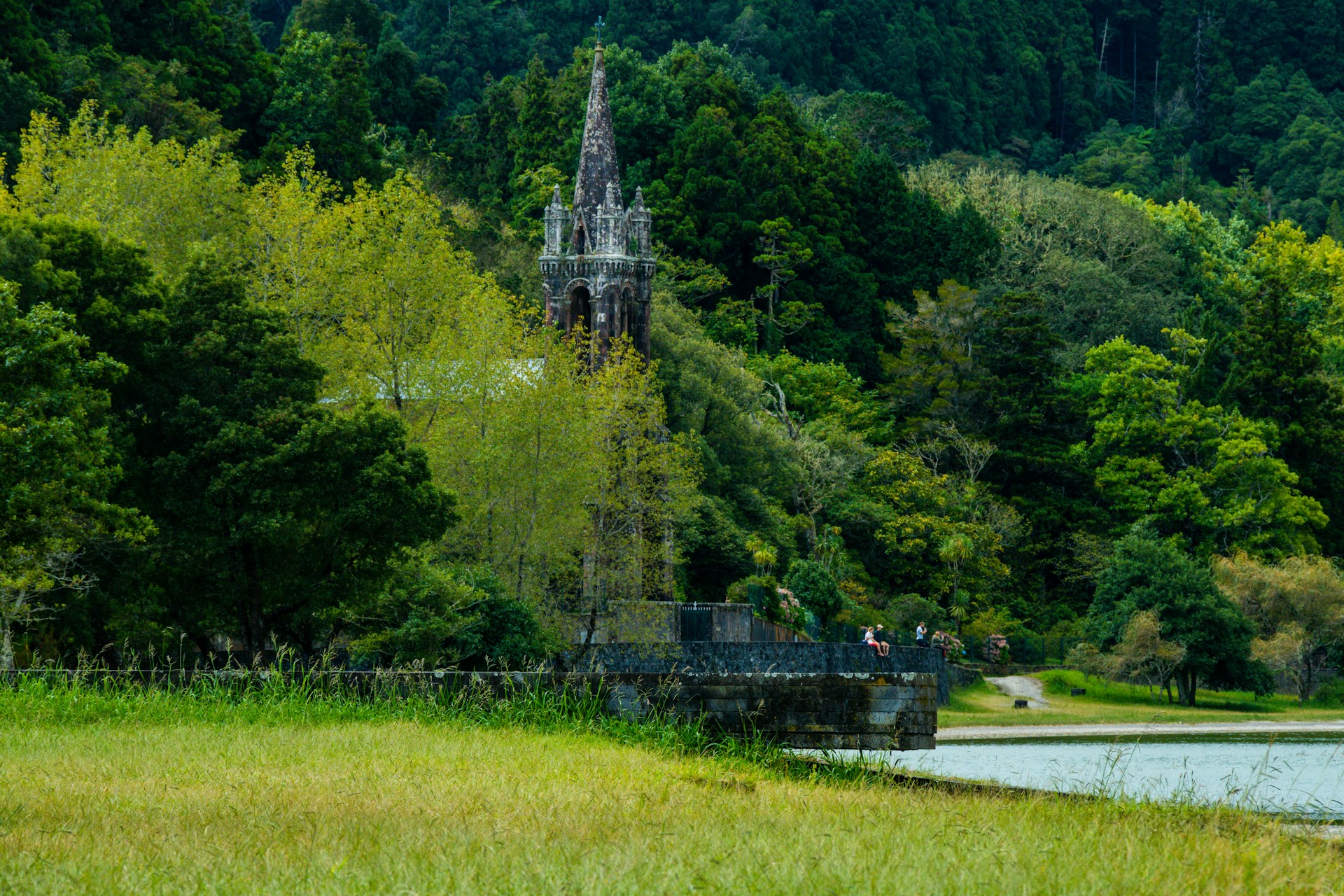
The largest island, São Miguel, is known for its volcanic lakes and hot springs. Natural wonders like Sete Cidades and Lagoa das Furnas are among the island’s top attractions, where crater lakes are surrounded by lush greenery. The city of Ponta Delgada, with its historical architecture, museums, and lively dining scene, offers a culturally rich experience.
The hot springs of São Miguel, fed by the island’s geothermal activity, provide relaxing and therapeutic experiences, especially in the village of Furnas. Here, visitors can also try the traditional dish “Cozido,” a stew cooked in volcanic soil.
Pico: In the Shadow of the Volcano
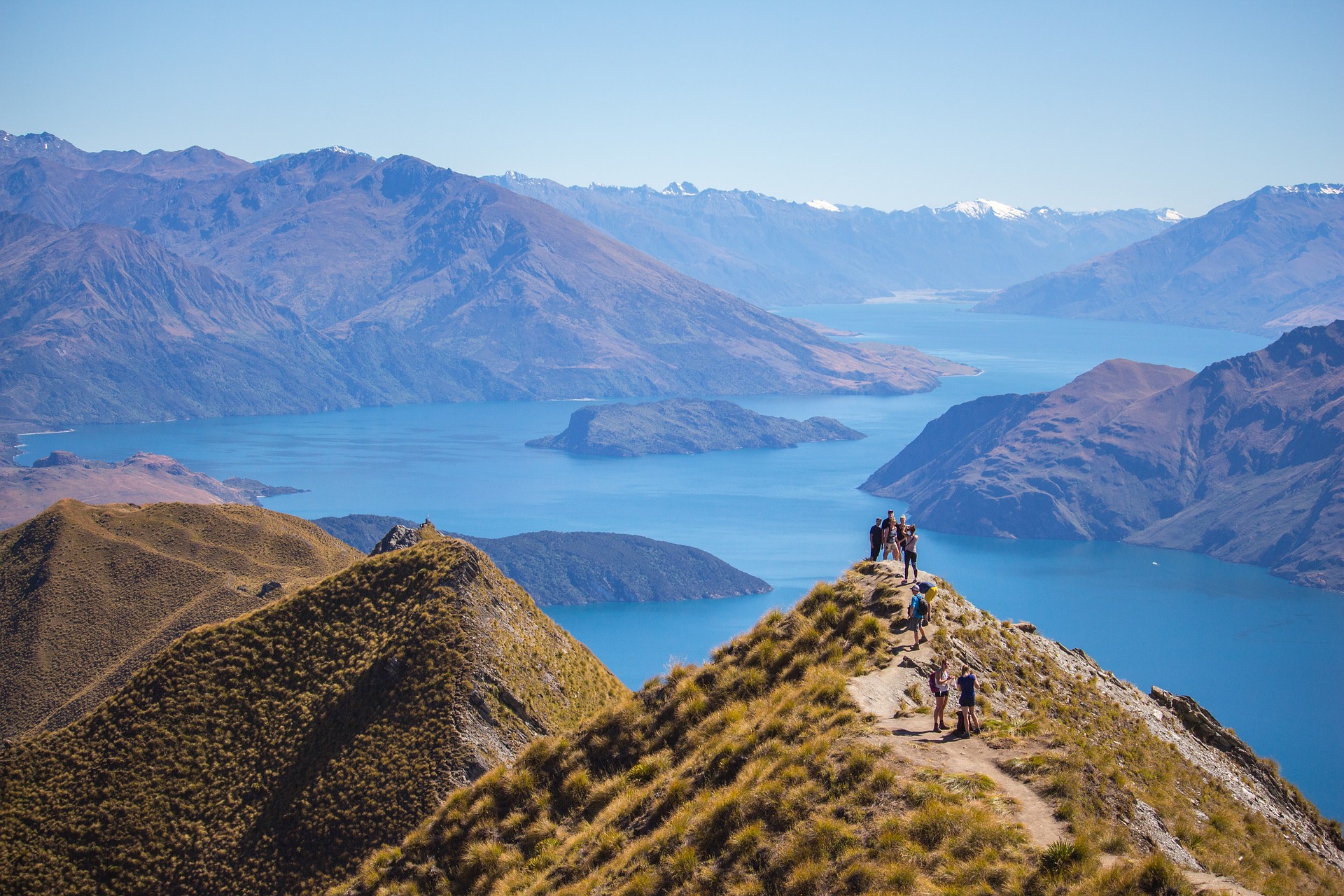
Pico Island takes its name from Mount Pico, a 2,351-meter peak and the highest summit in Portugal. Ideal for climbers and nature enthusiasts, Pico’s volcanic terrain is striking. Climbing the mountain is an unforgettable adventure, and those who reach the summit are rewarded with panoramic views stretching across the Atlantic.
Pico is also famous for its wine. The grapes grown in volcanic soil create wines with a unique flavor, and the vineyards of Pico are recognized as a UNESCO World Heritage site. Here, visitors can enjoy wine tastings and tour local vineyards.
Faial: The Sailor’s Stop
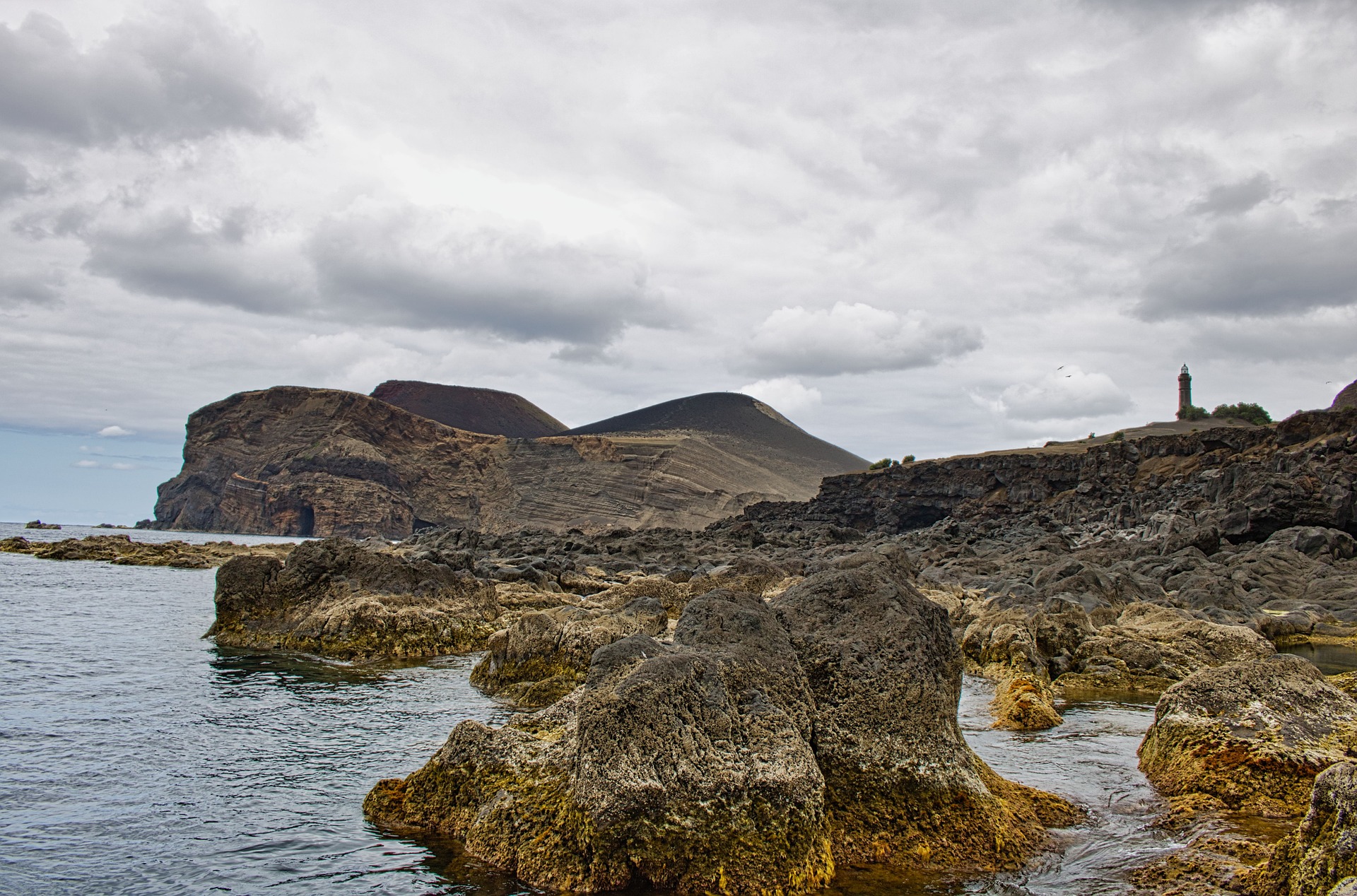
Faial Island is known for Horta, a port popular among sailors crossing the Atlantic. The harbor walls are adorned with colorful paintings left by sailors from around the world, giving the island an artistic flair. Faial is also famous for the impressive Caldeira crater, located at its center, offering a magnificent hiking route.
Another highlight of Faial is Capelinhos Volcano, located on the island’s western side. This volcano erupted in 1957, adding new land to the island. The volcanic landscape is as awe-inspiring as it is eerie, making it an unforgettable spot for those who want to experience nature’s power firsthand.
A Unique Wildlife Experience
The Azores are also known for their rich marine life. Whale-watching tours are among the most popular activities, with frequent sightings of whales, dolphins, and other marine species. The underwater world is diverse and vibrant, making the islands a prime destination for diving enthusiasts.
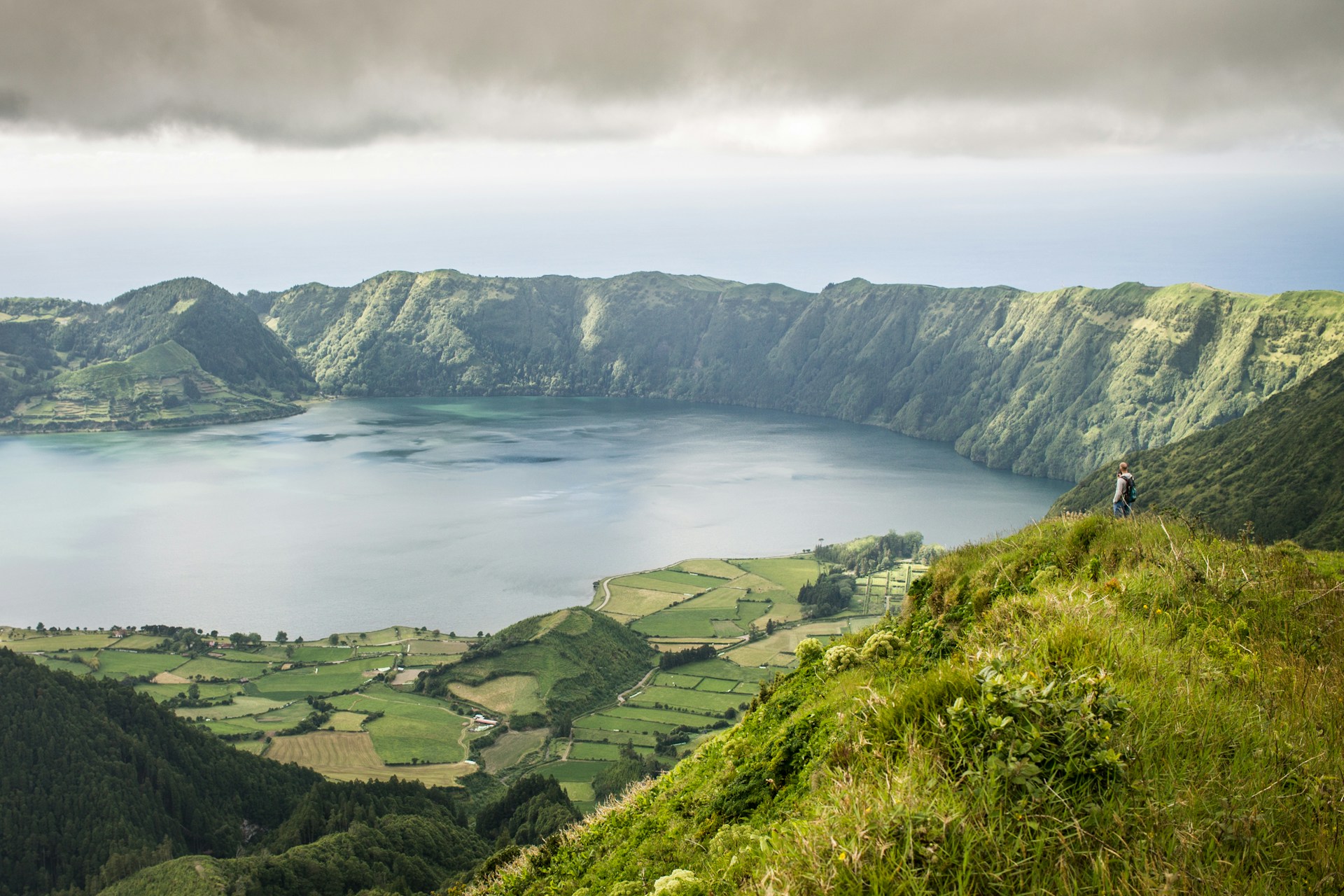
Adventure-Filled Activities
Hiking is a top activity in the Azores, with each island offering trails of varying difficulty surrounded by volcanic lakes, waterfalls, and dense forests. Adventure seekers can also enjoy biking, diving, rock climbing, and sailing on the islands.
The best time to visit the Azores is during spring and summer. While the weather is mild year-round, summer brings sunnier skies and calmer seas. Flights to the Azores are most commonly available from Lisbon and Porto.
In Conclusion, the Azores...
For those seeking breathtaking landscapes and a tranquil atmosphere, the Azores are a hidden paradise in the middle of the Atlantic. The volcanic terrain, green valleys, and stunning ocean views make for an unforgettable experience. Offering both natural adventures and cultural richness, these islands are a destination you’ll be eager to explore.



